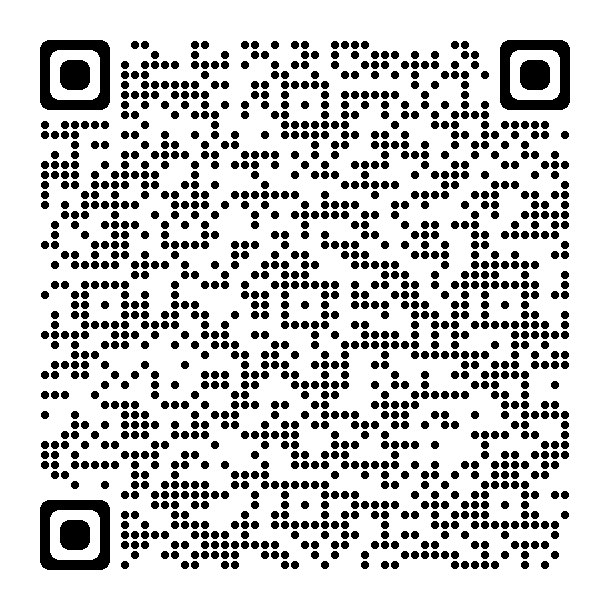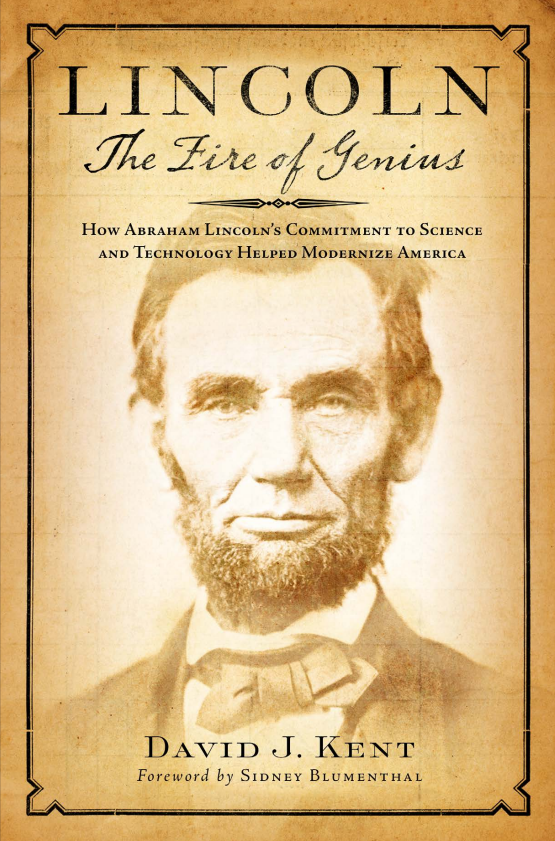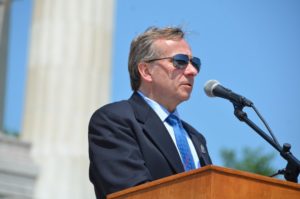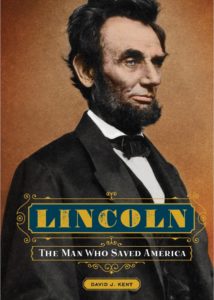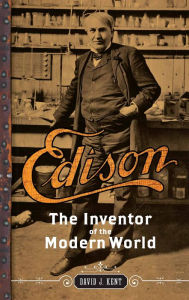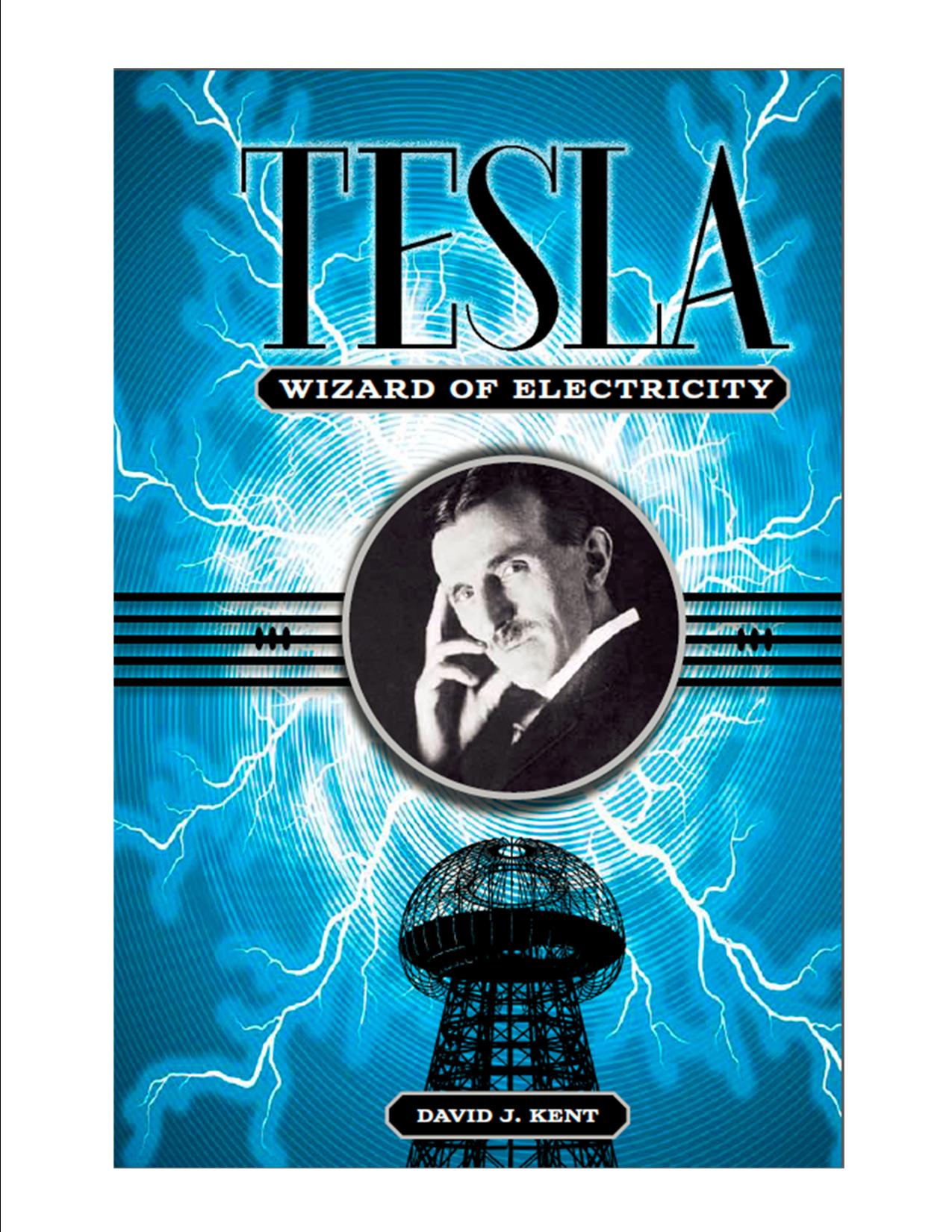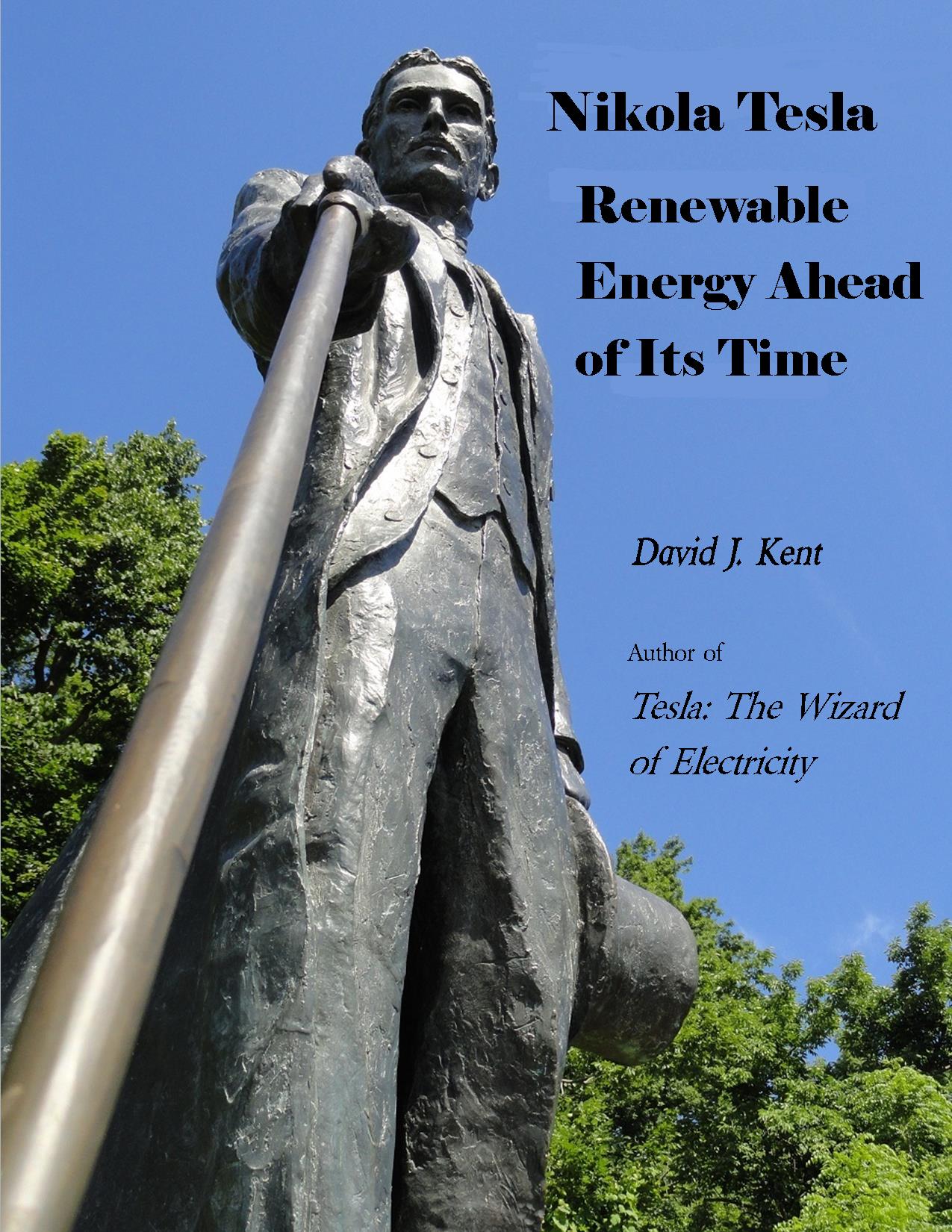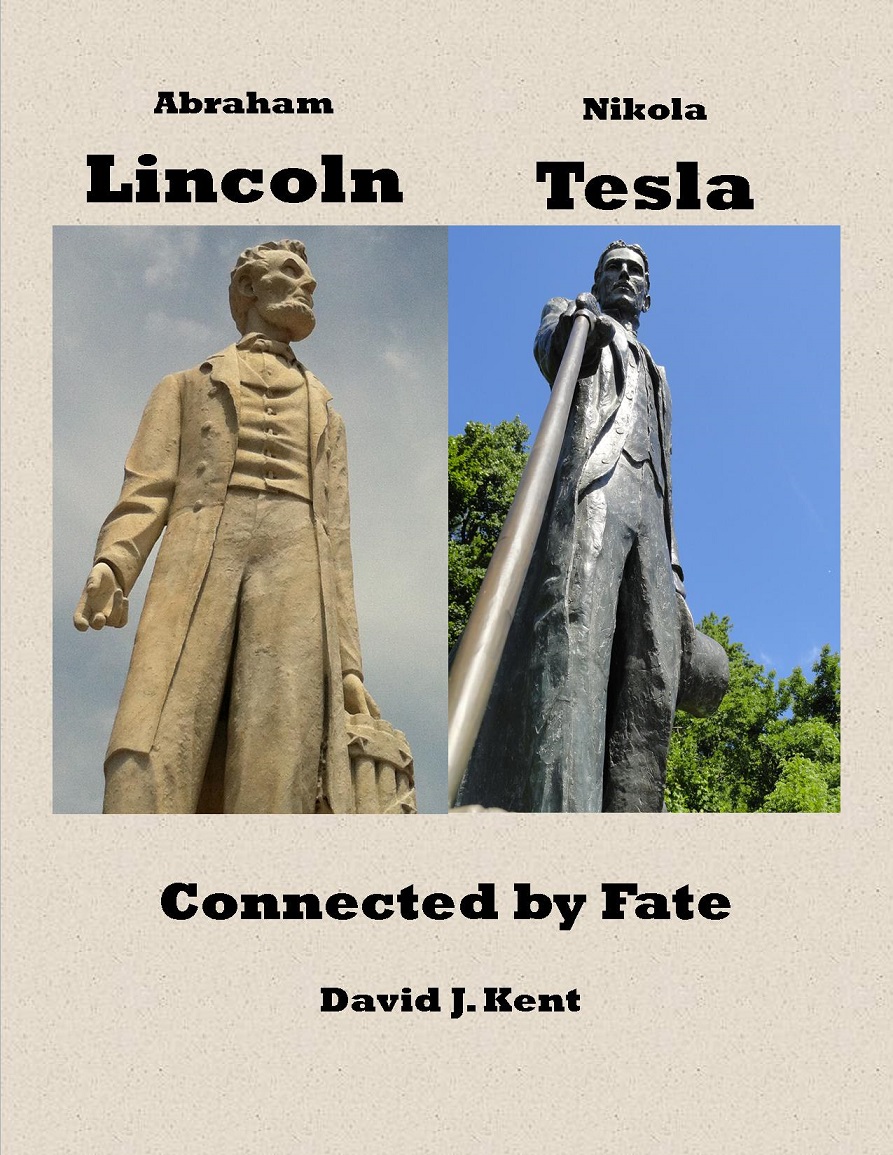Our Dear President is Dead
Assassinated by Cowardly Actor
Watching a Play at Ford’s Theatre
Secretary Seward Attacked – Injuries Feared Fatal
Washington in Mourning
Washington City, April 15, 1865: President Abraham Lincoln is dead. He was shot last night while watching a performance of Our American Cousin at Ford’s Theatre and died this morning at 7:22 A.M. May he rest in the peace he struggled to achieve over the course of this long, hateful war.
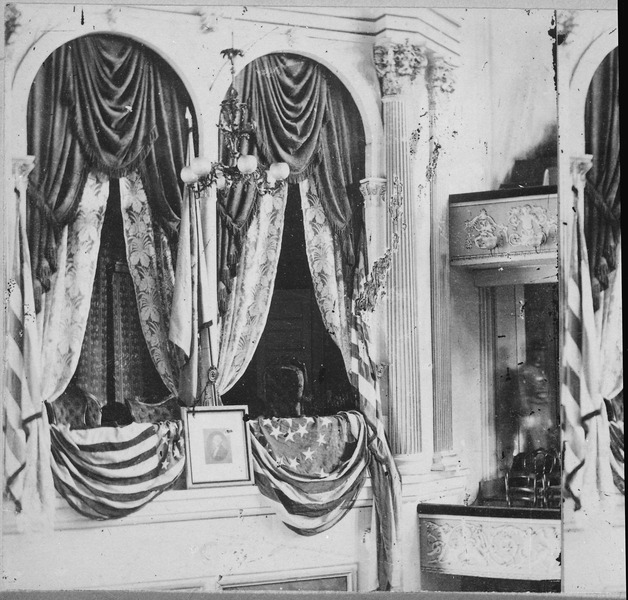
Ford’s Theatre decorated for President Lincoln’s attendance April 14, 1865
Witnesses in the theatre immediately identified the assassin as the actor John Wilkes Booth. Booth sneaked into the Presidential box, cowardly shot the President in the back of the head, slashed Major Rathbone, who was attending the play as the President’s guest, and leaped to the stage. Several shocked theatre-goers claimed that Booth screamed Sic semper tyrannis as he landed, before seeming to limp off to stage-right to his escape. A manhunt is being directed by Secretary of War Edwin Stanton.
Simultaneous to Booth’s shooting of the President was a vicious attack on Secretary of State William Seward. The Secretary, who has been laid up in bed since his recent serious carriage accident, was gravely wounded by the assailant. We fear the wounds may be fatal. Also severely wounded was Frederick Seward, the Secretary’s son, and other members of the family. The extent of their injuries are unknown.
Fears of a Confederate conspiracy to decapitate the Union are evident. The coordinated attacks, and the possibility that other attacks were attempted or are imminent, suggest this was a plot by the failed Confederacy to continue the war they so recently lost. The fact that Booth yelled Sic semper tyrannis, the state motto of Virginia, reinforces the likelihood that these attacks were ordered directly from Richmond. It is understood that rebel leader Jefferson Davis is on the run and presumed headed for Texas to continue guerilla warfare. The Army has been put on guard for the remaining Cabinet members and other key federal officials, by order of Secretary of War Stanton.
The scene in Ford’s Theatre was pandemonium. Witnesses claim that when they first heard the shot they assumed it was somehow part of the play. They then could see a struggle going on the Presidential box between the murderer and Major Rathbone, who had been seated nearby with his fiance, Clara Harris, and the President’s wife, Mary Lincoln. According to sources, Major Rathbone sustained a serious knife slash to his arm as he rose to protect the President. The assassin, Booth, the jumped to the stage, uttered his dastardly phrase, then escaped. Several witnesses say that Booth may have injured his leg as he landed on the stage.
Dr. Charles Leale, a young military surgeon, who was in the audience last night, rushed to our beloved President’s box to attend to his injuries. Inside sources inform this reporter that Dr. Leale immediately knew that the wound would be fatal and, desiring that the President not die in a theatre, especially on Good Friday, ordered his transport across the street in into a boarding house owned by one William Petersen, a local tailor. Leale, Cabinet members, and other doctors stood vigil over the dying President through the night until he finally breathed his last breath early this morning, just five days after Army of Virginia General Robert E. Lee surrendered to Union General Ulysses S. Grant. Grant, who had been announced as the President’s guest at the theatre last night, instead traveled to New Jersey on family business and thus was not present to save the President.
Mrs. Lincoln has been escorted back to the Executive Mansion in a severely distraught condition. The Lincoln’s oldest son Robert is looking after her and his only remaining brother, Tad, who was watching a performance of Aladdin at the nearby Grover’s Theatre when the news of his father’s assassination was reported.
The search for the killer is being directed by Secretary Stanton and the City is on high alert to ensure further actions of this dastardly Confederate plot are thwarted. Funeral arrangements will be announced as soon as they are made. The City is in mourning.
David J. Kent is an avid science traveler and the author of Lincoln: The Man Who Saved America, in Barnes and Noble stores now. His previous books include Tesla: The Wizard of Electricity (2013) and Edison: The Inventor of the Modern World (2016) and two e-books: Nikola Tesla: Renewable Energy Ahead of Its Time and Abraham Lincoln and Nikola Tesla: Connected by Fate.
Check out my Goodreads author page. While you’re at it, “Like” my Facebook author page for more updates!
Like this:
Like Loading...
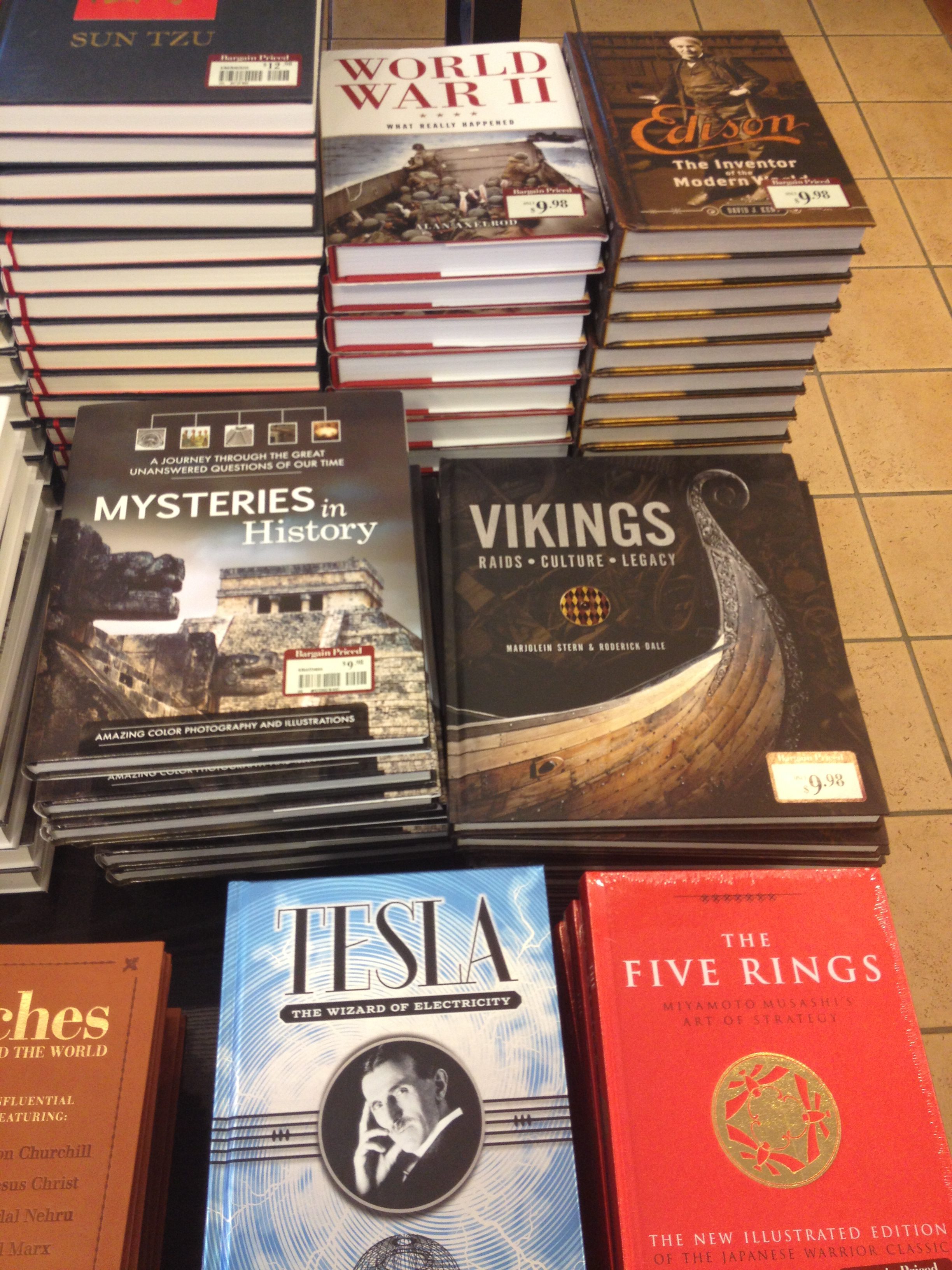



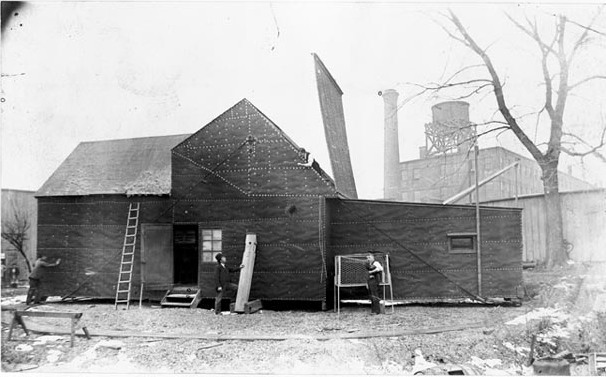
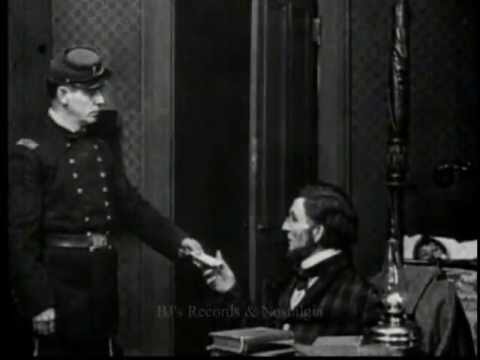
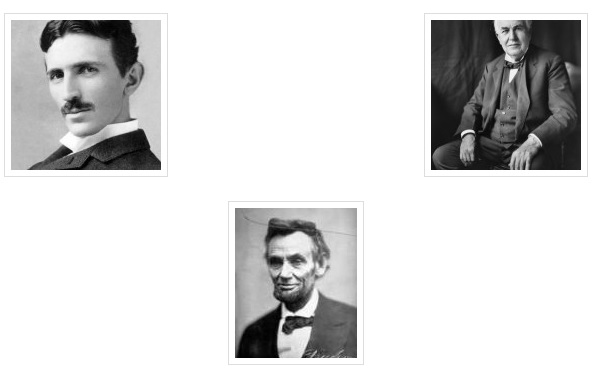
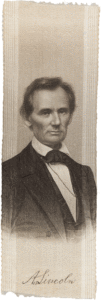 Seven score and sixteen years ago the United States experienced a contentious election. The populace was terribly divided, one campaign openly pandered to the fears of white Americans, and the survival of the Union was in question. The winner of that election in 1860 was Abraham Lincoln, our 16th President.
Seven score and sixteen years ago the United States experienced a contentious election. The populace was terribly divided, one campaign openly pandered to the fears of white Americans, and the survival of the Union was in question. The winner of that election in 1860 was Abraham Lincoln, our 16th President.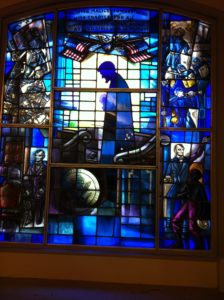
 As the current day political conventions get ready to officially name Hillary Clinton and Donald Trump as the Democratic and Republican nominees, it brings us back to when a relatively unknown Abraham Lincoln unexpectedly gained the nomination – and won the election – of 1860.
As the current day political conventions get ready to officially name Hillary Clinton and Donald Trump as the Democratic and Republican nominees, it brings us back to when a relatively unknown Abraham Lincoln unexpectedly gained the nomination – and won the election – of 1860.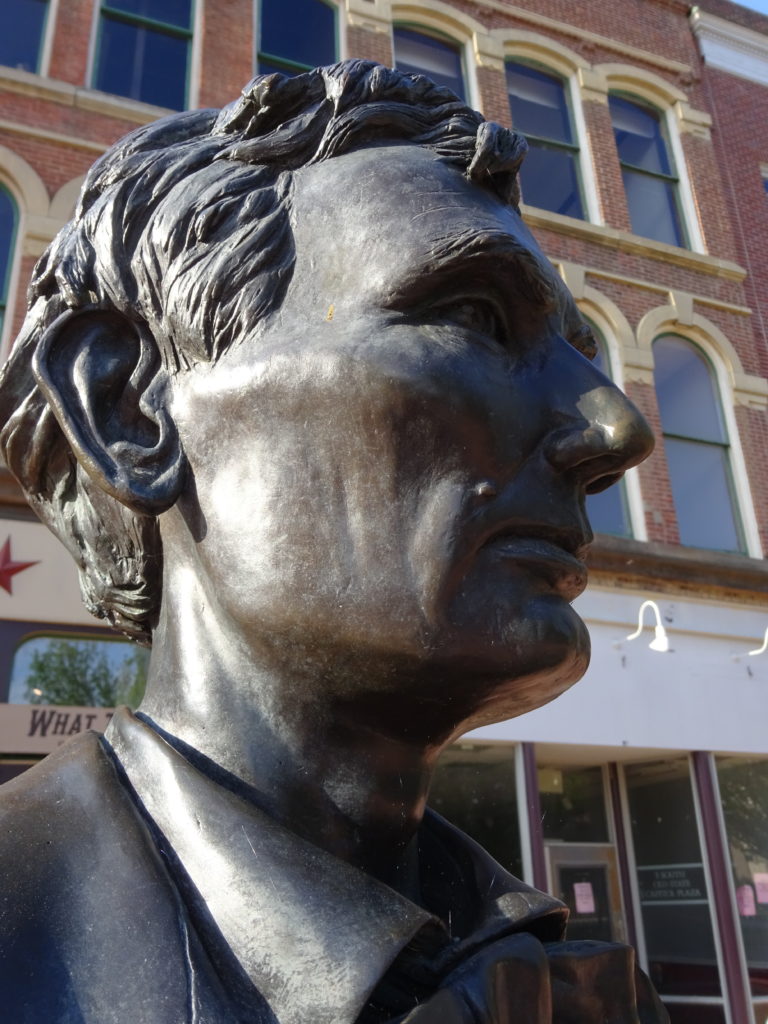
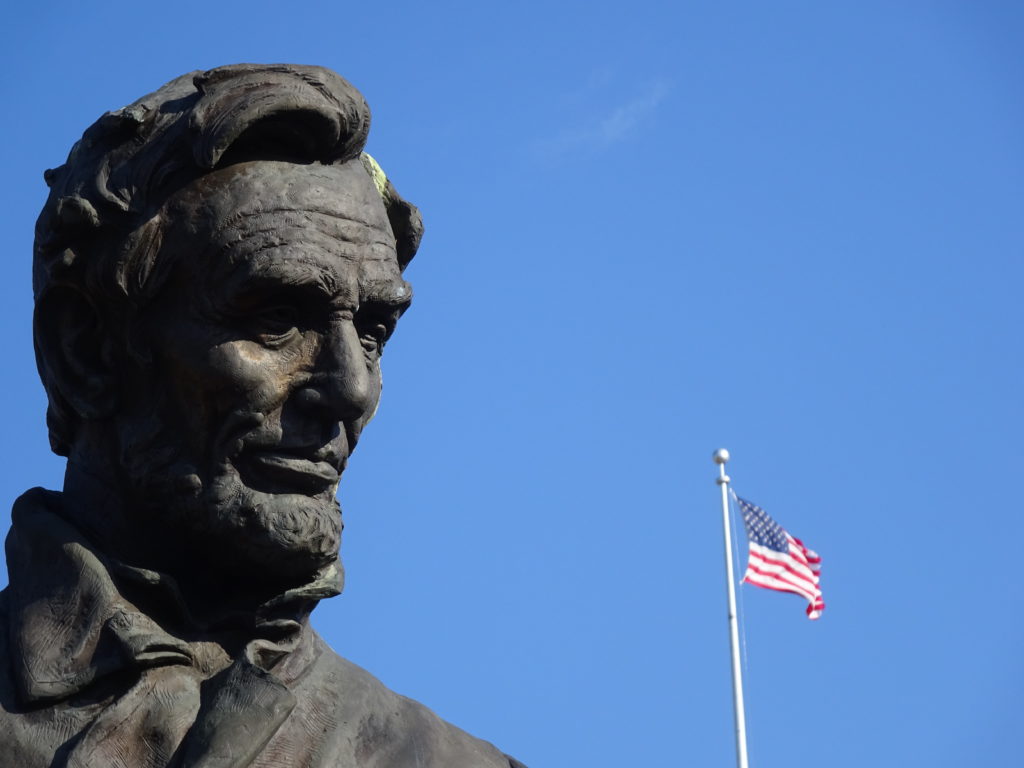
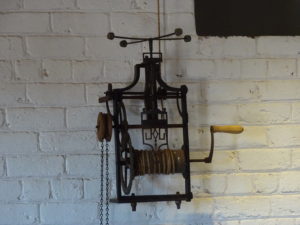
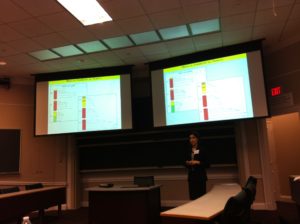
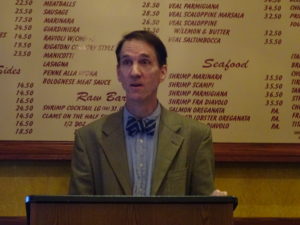

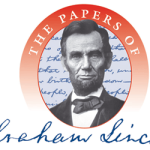
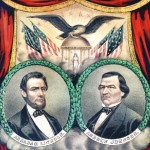 The impetus for my impending visit was
The impetus for my impending visit was 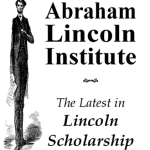 This past weekend I attended a fascinating day at Ford’s Theatre in Washington, DC, where the
This past weekend I attended a fascinating day at Ford’s Theatre in Washington, DC, where the 